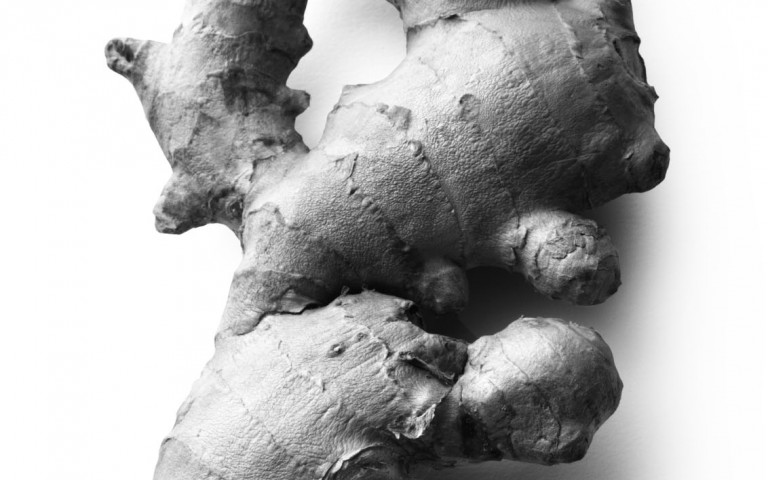Ginger is one of the oldest known spices, maybe the oldest. Like its other relatives of the ginger family (galingale, curcuma, turmeric), ginger cannot be obtained from seeds but only by dividing its roots, which shows that it has been cultivated under the control of man for a time long enough to make it lose its basic characteristic as a wild plant. It was domesticated somewhere in Southern Asia in prehistoric times. The fact that the nomads brought this spice with them is that this plant was different from the natural vegetation in places where it grew. This is quite understable as ginger is a spice, a herb and a medicine at the same time. It is believed to have gone from Southern China to the Philippines and to the Spice Islands, from where it spread east and westward.
Starting from the early Roman Empire doctors to the Hellenic, Arabic and Persian pharmacists, ginger was known for its warming and stomachic characteristics, as an appetizer and an antidote for various poisons. It was also considered a must in its birthplace China at that time in what is known today as Cantonese cuisine.
It is known that the Spaniards were engaged in the ginger trade between Jamaica and continental Europe in the 16th century. It was one of the major spices in Europe during the Middle Ages. Gingerbread goes back to that period. Ginger beer and ginger ale originated in the 19th century when British publicans sprinkled ginger into their beverages.
Ginger rightfully still keeps its place in traditional medicine. It is found in various forms all over the world. Large quantities come from Jamaica, India, Africa and China in this order. Jamaican ginger is considered to be the best ginger. As it usually grows in tropical climates, it is mostly known in powder form, as a preserve or for its ripe, aged root. The major producers of powdered ginger are India and China. Young roots found in tropical markets have a very thin shell. They can easily be grated, sliced and even squeezed to extract their juice.
Be sure that the skin of the ginger root you buy is unblemished. A wrinkled skin proves the root is dry and that it is too late to use it. It has to have a fresh and aromatic fragrance. You can keep it tightly wrapped in the refrigerator for 3 weeks without peeling it, and 6 months in the freezer. You can also peel it, place it in a closed jar topped with dry wine and keep it in the refrigerator for 3 months.
Add 1/4 cup thinly sliced ginger to 1/2 cup honey that you warmed through in a bain marie and let it macerate for a week. Add 1-2 tbsp of this concoction and 1-2 tbsp lemon juice to 1 cup boiling water to remedy cold. You can also use it to sweeten lemonade in summertime.




